
India's digital ecosystem is expanding at an unprecedented pace, fueled by initiatives like Digital India and the growing penetration of internet services across the nation. However, this rapid digital transformation also brings a complex landscape of cybersecurity challenges. Securing India’s digital future demands forward-thinking strategies that anticipate and counter increasingly sophisticated threats.
A study by Cloudflare revealed that 83% of Indian organizations experienced at least one cybersecurity incident in the year 2022-2023. Out of these organizations, 48% reported experiencing 10 or more cyber-attacks.
As India’s digital landscape continues to evolve, so do the threats:
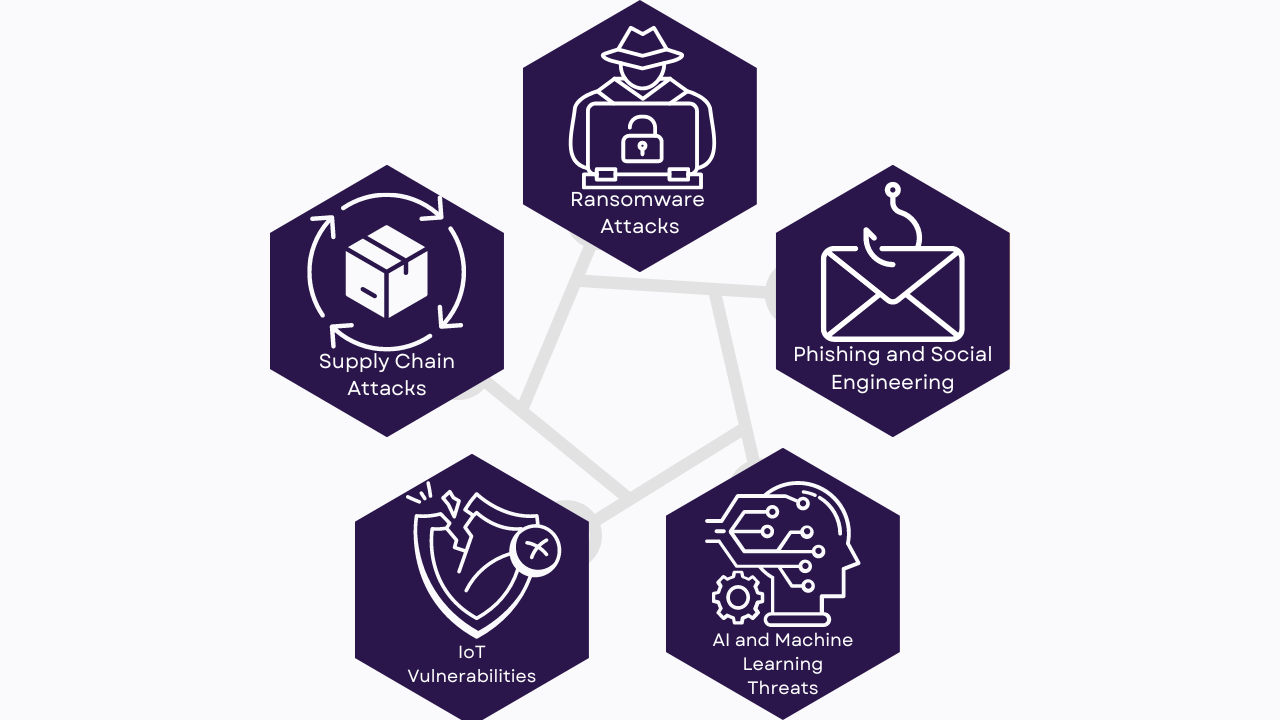
Ransomware Attacks: India ranked fourth globally in ransomware detections. Modern ransomware attacks have moved beyond mere encryption to double extortion, where attackers not only encrypt data but also threaten to leak it unless paid. Future strategies must focus on both prevention and rapid response mechanisms to minimize disruption and financial loss.
Phishing and Social Engineering: Advanced behavioral analytics and AI-driven detection systems represent the future of countering phishing. These technologies can preemptively identify and neutralize threats, potentially even before they reach the user, thus reducing the attack surface.
Supply Chain Attacks: With the increasing interconnectedness of businesses, securing supply chains is crucial. This will involve creating more resilient networks, adopting stringent third-party security standards, and implementing blockchain for transparency and integrity.
IoT Vulnerabilities: As IoT adoption grows, integrating security by design is vital. Future efforts must ensure that devices are secure from inception, supported by continuous monitoring solutions to detect and mitigate threats in real-time.
AI and Machine Learning Threats: These technologies, while beneficial, also introduce new risks. AI-driven attacks are becoming more sophisticated, requiring equally advanced countermeasures. Leveraging AI to predict and counteract these threats will be key to staying ahead of cybercriminals.
Emerging technologies are set to reshape India's cybersecurity landscape:
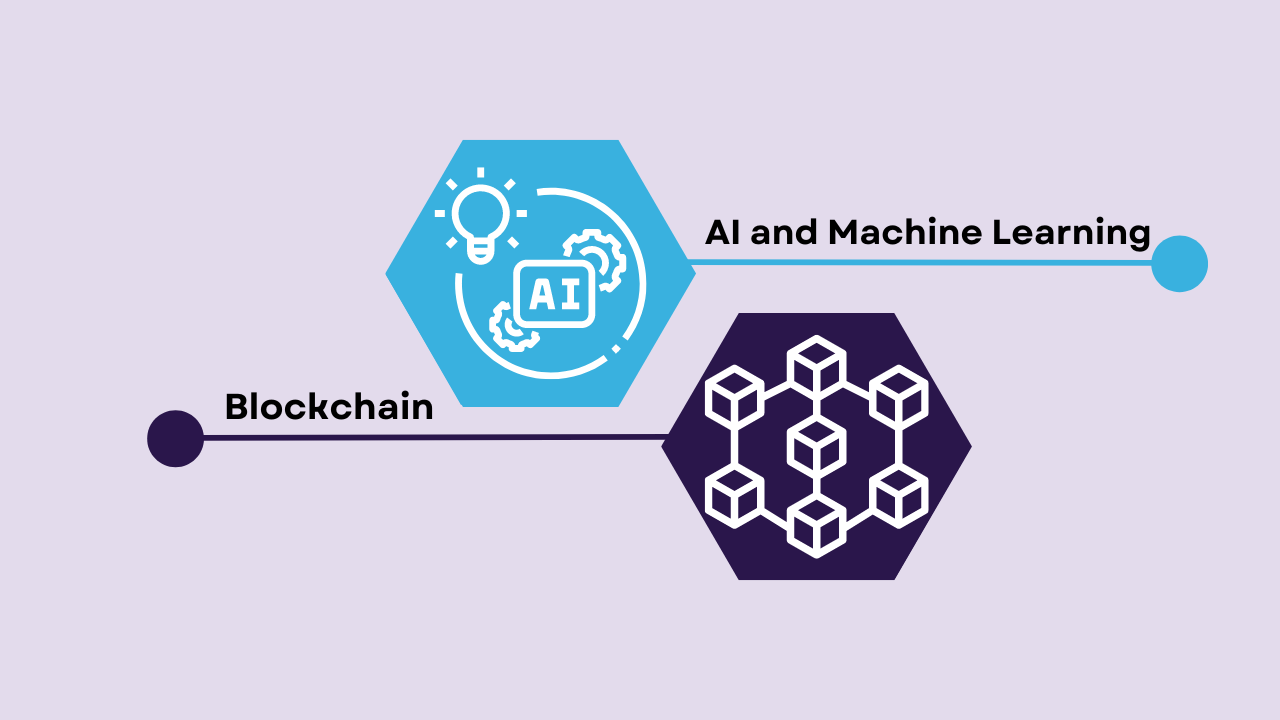
AI and Machine Learning: These technologies are central to automating threat detection and response. Anomaly detection models, such as those using Gaussian Mixture Models (GMM), can analyze complex networks in real-time, enabling rapid intervention and minimizing damage.
Blockchain: Blockchain's role in cybersecurity goes beyond just ensuring integrity and transparency. It can be used to secure supply chain transactions and implement decentralized identity systems, thereby reducing the risk of data tampering and unauthorized access.
India’s regulatory landscape must evolve alongside its threat landscape. The forthcoming National Cyber Security Strategy (NCSS) should prioritize integrating advanced technologies, fostering cyber resilience, and building capacity across sectors.
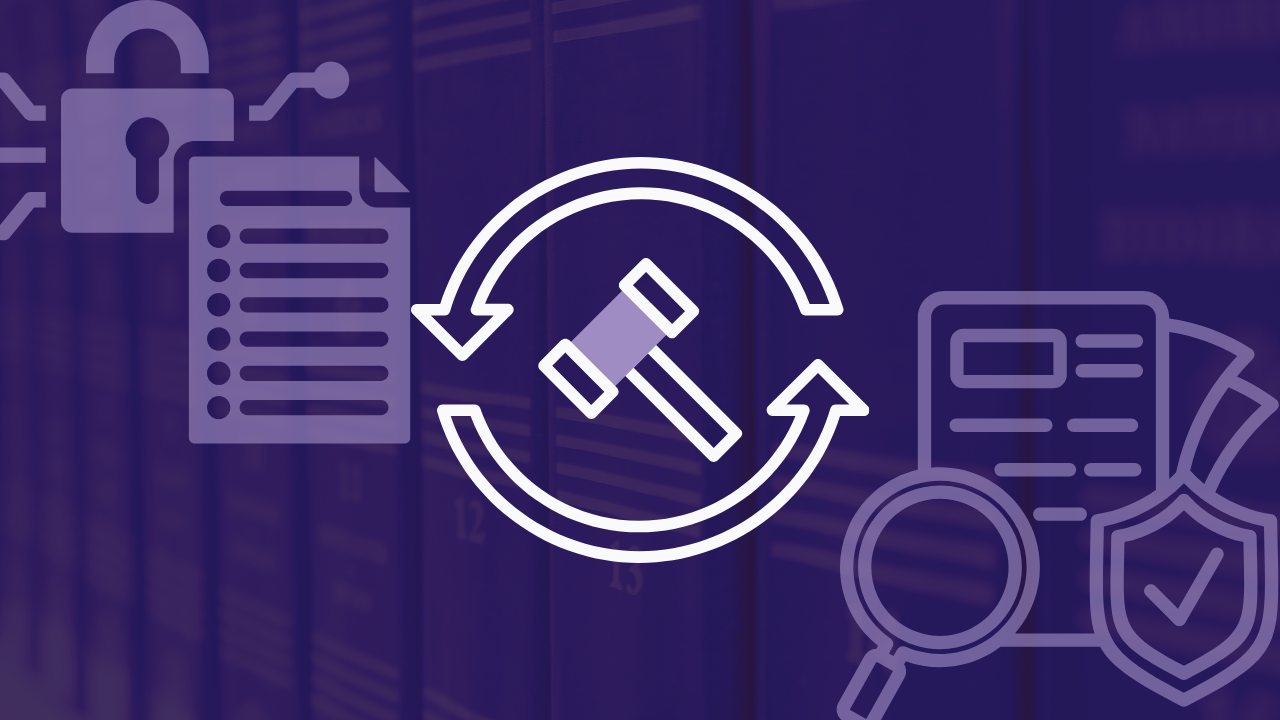
The Digital Personal Data Protection (DPDP) Act of 2023 will be pivotal in shaping data security practices, emphasizing individual rights over personal data. This will drive organizations to adopt stringent data protection measures, aligning with global standards and enhancing India’s overall cybersecurity posture.
India’s focus on digital sovereignty will require the development of indigenous technologies, reducing reliance on foreign vendors. This approach not only enhances security but also positions India as a leader in the global cybersecurity arena.
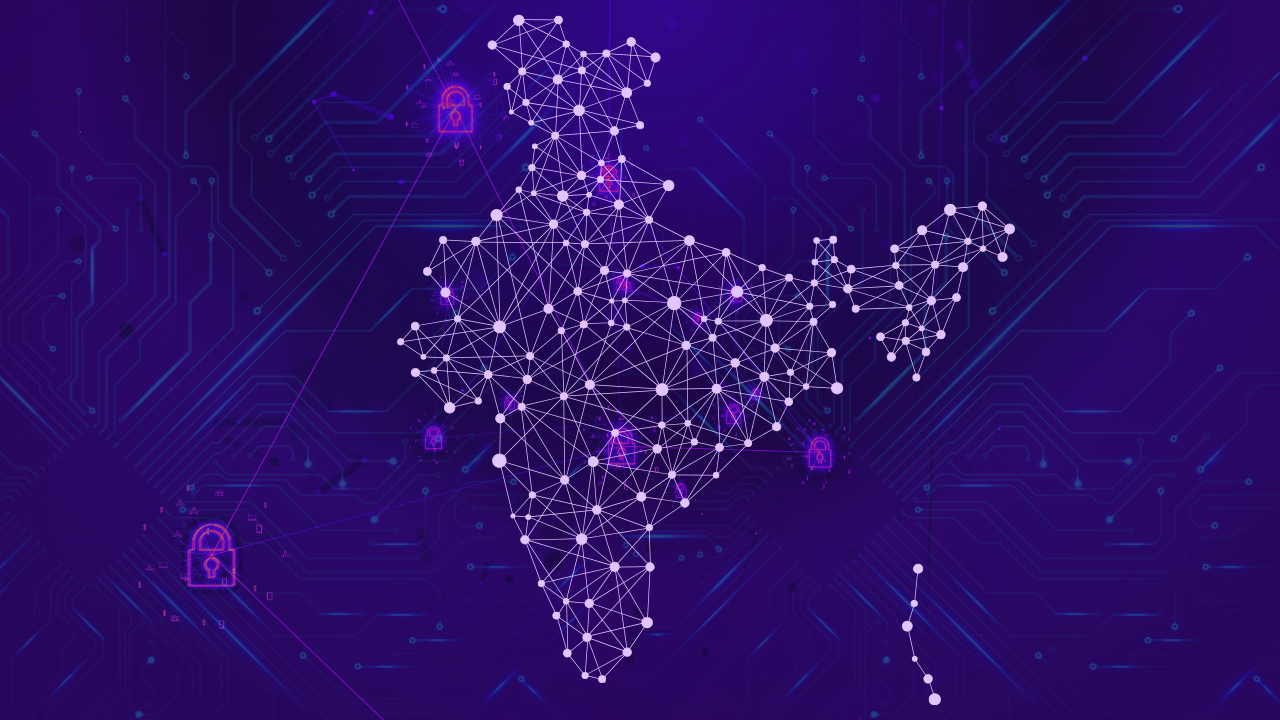
Future investments in cyber defense will center on creating a robust ecosystem capable of responding to both domestic and international threats.
Public-private partnerships will be crucial in building a resilient cybersecurity framework. Future collaboration should focus on joint threat intelligence sharing, co-developing advanced cybersecurity solutions, and establishing industry-wide best practices.

Initiatives like Cyber Surakshit Bharat should evolve to become more inclusive, encompassing a broader range of stakeholders and sectors.
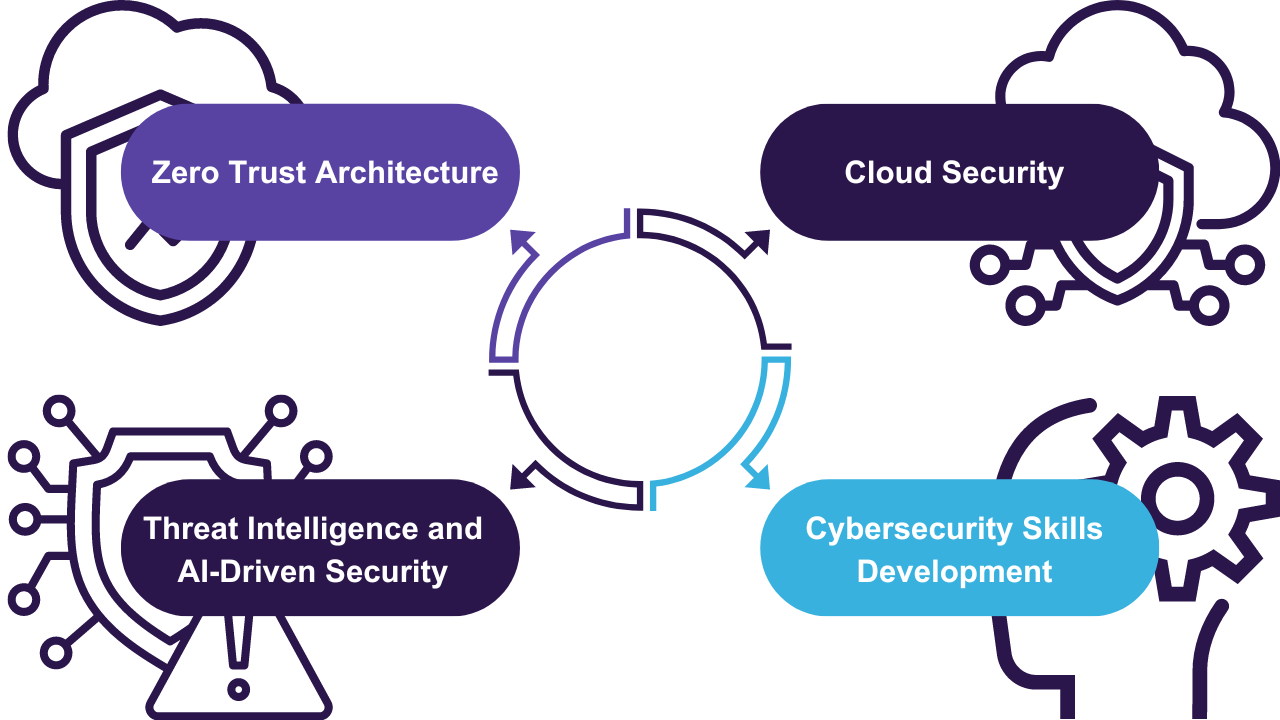
Zero Trust Architecture: The future of cybersecurity will see a shift from traditional perimeter-based models to Zero Trust, where continuous verification and strict access controls become standard practice across all networks.
Cloud Security: With the continued rise in cloud adoption, securing these environments will require more sophisticated encryption, automated compliance checks, and AI-driven anomaly detection to prevent data breaches and misconfigurations.
Threat Intelligence and AI-Driven Security: AI-powered platforms capable of analyzing vast datasets in real-time will be essential for predicting and mitigating threats before they materialize.
Cybersecurity Skills Development: Addressing the skills gap will necessitate targeted training programs, certification courses, and partnerships between industry and academia to ensure a steady pipeline of cybersecurity professionals.
India’s cybersecurity landscape is ripe for innovation:
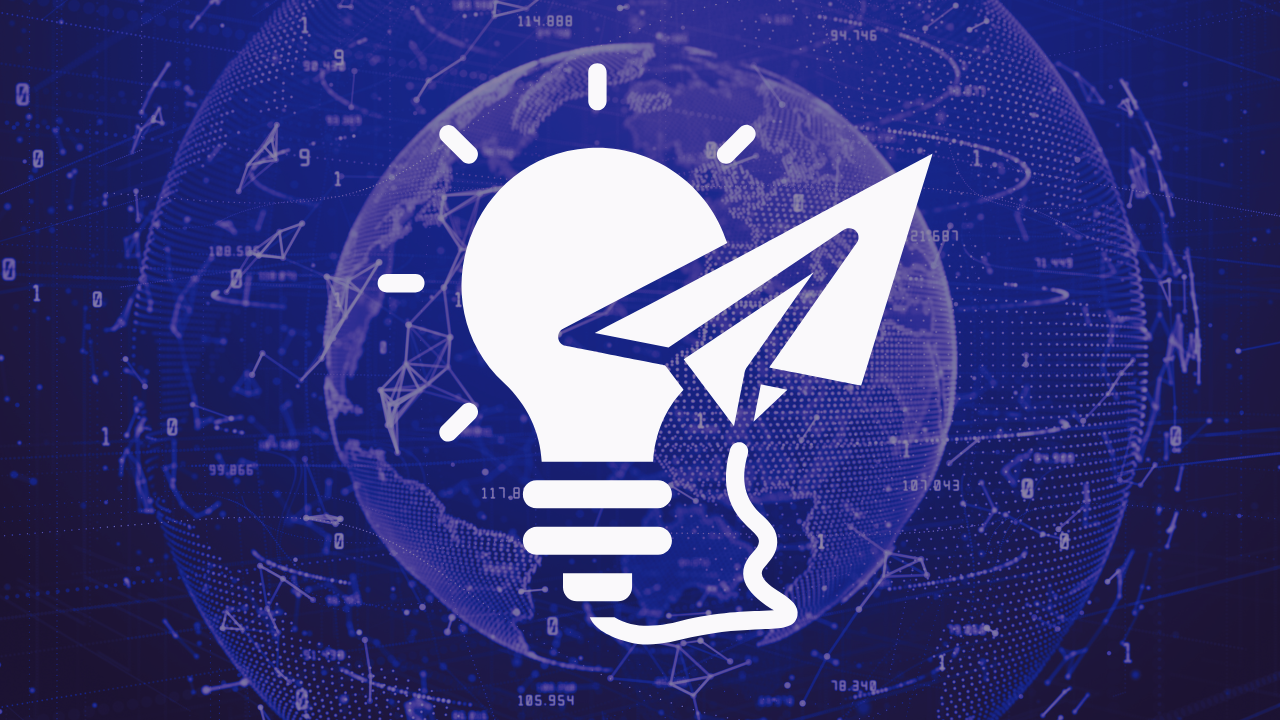
Cybersecurity Startups: The future will likely see a surge in startups developing niche solutions for emerging threats, particularly in areas like AI-driven security, blockchain-based verification, and IoT security.
Cybersecurity Research and Development: Continued investment in R&D will be critical. Dedicated research centers should focus on next-generation cybersecurity technologies tailored to India’s unique challenges, such as securing 5G networks and developing quantum-resistant algorithms.
International Collaboration: Strengthening ties with other nations will be vital for combating global cyber threats. India should aim to establish itself as a key player in international cybersecurity standards and practices.
Evolving Threats: Future threats will be more sophisticated, requiring adaptive security measures that can evolve in real-time to counter new techniques and attack vectors.
Regulatory Compliance: As regulations become more stringent, organizations will need to adopt automated compliance solutions to meet evolving cybersecurity and data protection requirements.
Awareness and Education: The future of cybersecurity education must involve integrating cybersecurity literacy into general education, creating a more informed populace capable of recognizing and mitigating threats.
India’s future in cybersecurity is defined by both challenges and opportunities. By focusing on innovation, collaboration, and the strategic use of emerging technologies, India can build a secure and resilient digital ecosystem. As the nation continues its digital transformation, it must remain vigilant, adaptive, and forward-thinking to ensure the safety and prosperity of its digital future.



